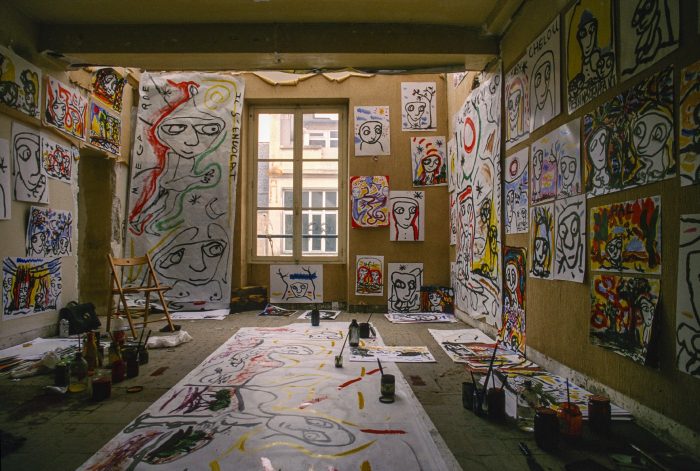Since the first caveman etched a pictograph on a cave wall, humans have recognized the importance of art. Whether you’re an auteur or a completely untalented amateur, creating art will benefit you. It isn’t the quality of the result that’s important; the value you get comes from the process of creating.
Creating Art Reduces Stress
Art gives us something to channel our stress and anxiety into. When we get into “flow state” — totally focused on what we’re doing in the moment — our everyday cares drop away. This reduces the amount of stress hormones, including cortisol, that the body produces. One study published in the Journal of the American Art Therapy Association tested the amount of cortisol in the saliva of adults both before and after making visual art. After 45 minutes, the cortisol levels were significantly lower than before participants engaged in artistic activities. The results weren’t affected by how experienced they were in art.
Creating Art Boosts Brain Health
When we engage in the process of creating visual art, it activates the reward pathways in the brain. This makes you feel happier, and it also aids neuroplasticity, which is the brain’s ability to change, reorganize, and form new connections. While studying fMRIs of blind visual artists, researchers discovered that areas of the brain associated with sight were activated. While engaged in creative activities, the brain uses and connects neurons in new ways.
Art Enhances Your Powers of Observation
When you create visual art, you pay more attention to details such as color, spaces, shapes, and distances. Playing music requires close listening to sounds. This teaches your brain not just to see or hear but to observe and listen. Top-tier medical schools, including Yale and Harvard, have begun incorporating art into their programs for this reason.
Even viewing art improves observation skills. The Journal of Nursing Education published a study that examined how visiting an art museum affected nursing students. The participants examined pieces of art, shared descriptions of them with other students, and developed a group interpretation. Afterward, they examined patient photographs. The participants who interacted with artwork made “significantly more written observations” than the control group that did not interact with art.


 Share on bsky
Share on bsky





Read 0 comments and reply